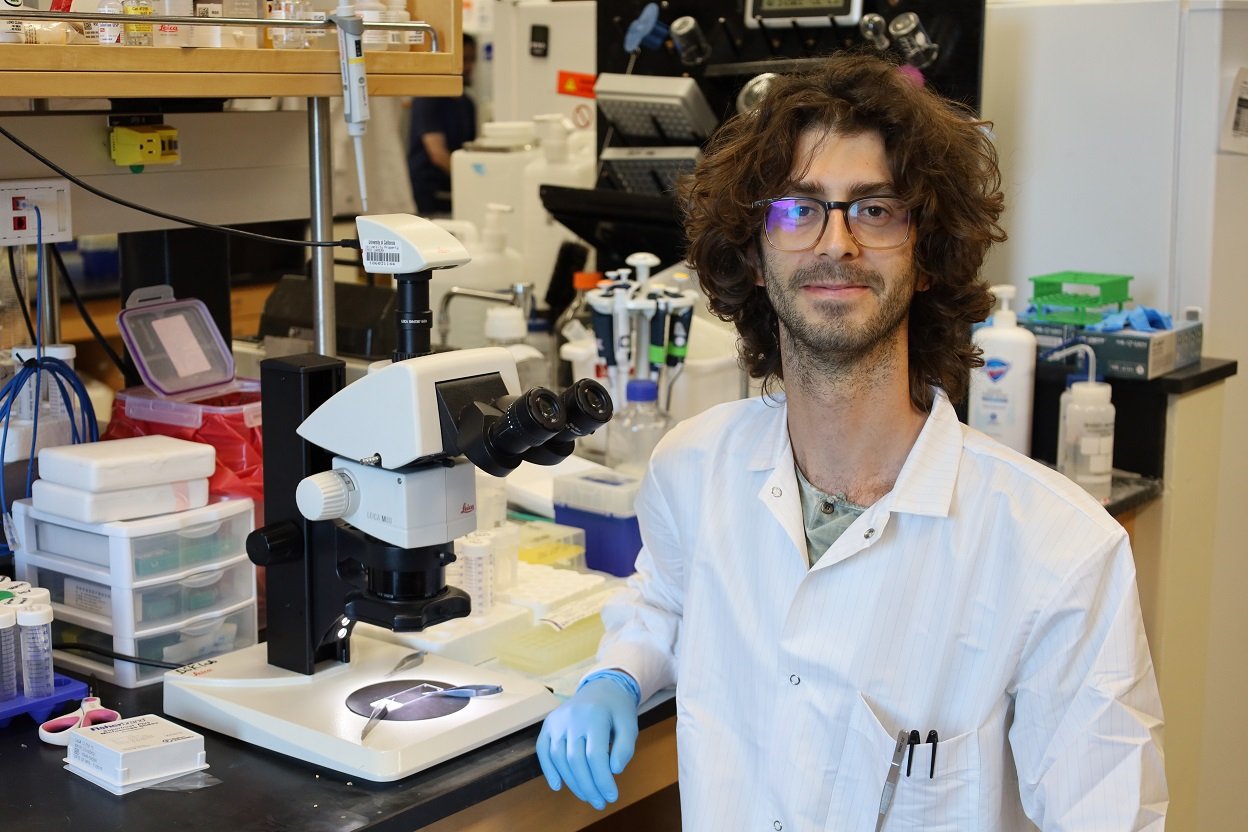Dr. Marco Bassetto from University of California awarded $70,000 Knights Templar Eye Foundation Grant for Non-Invasive Retinal Drug Delivery System for Children
Dr. Marco Bassetto from the University of California, Irvine was awarded a $70,000 grant for Non-invasive, magnetic-assisted delivery of hydrophobic drugs and mRNA to the retina by topical application.
The overall goal of his research is to develop a non-invasive retinal drug delivery system for children affected by retinal diseases, which is currently exceptionally difficult due to the inadequacy of the administration method. Ideally the treatment should be non-invasive, but invasive intraocular injections are the only way to achieve therapeutic concentrations of drug inside the eye. Thus, the risk of permanent retinal damage exceeds the potential benefits of the therapy and most retinal diseases affecting children are not treated.
Eyedrops are a less invasive administration route in ophthalmology, but they are ineffective at targeting the retina. Previous results demonstrate that magnetic nanoparticles (MNPs)-based eyedrops delay the onset of retinal degeneration in a mouse model mirroring the syndromic retinal degeneration occurring in children, where a magnet behind the eyeball is used to concentrate drugs in the retina. Similarly, this approach rescued photoreceptor degeneration in rat retinal explants featuring retina degeneration by delivering small RNA. However, larger messenger RNA (mRNA) and hydrophobic drugs were not delivered because they required dedicated formulations.
The aims of this grant are: 1) adapt and apply a pre-established, MNPs-based eyedrop formulation to deliver tamoxifen in the retina of a mouse engineered for selective, colorimetric response to tamoxifen; 2) adapt and apply a pre-established, MNPs-based formulation to deliver Cre mRNA in the retina of a mouse engineered for selective, colorimetric response to Cre mRNA.
The results will unlock the translation of novel treatments including hydrophobic drugs and mRNA for retinal diseases in pediatric patients.

